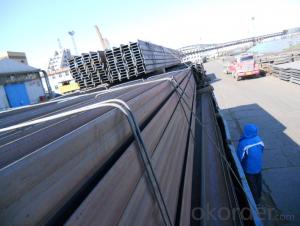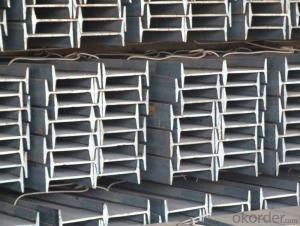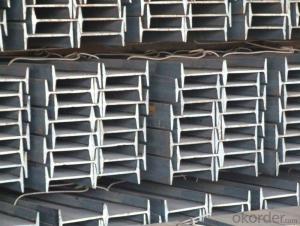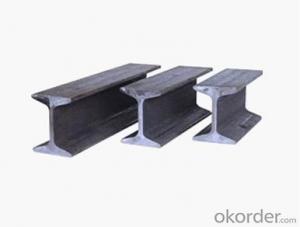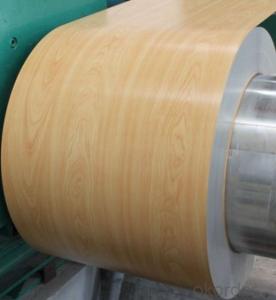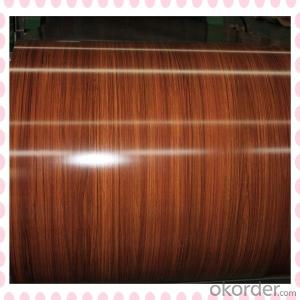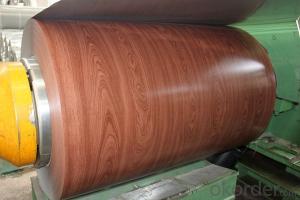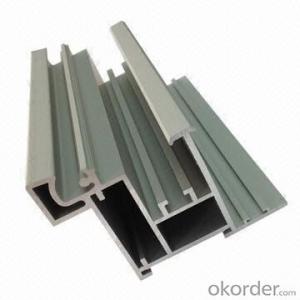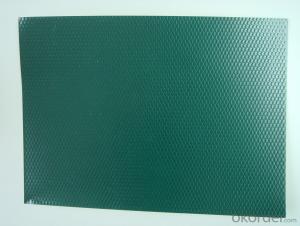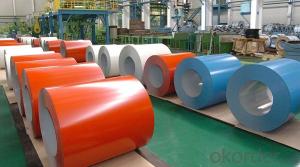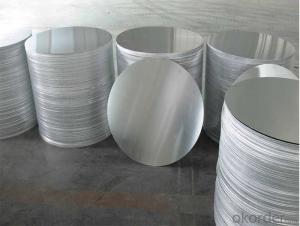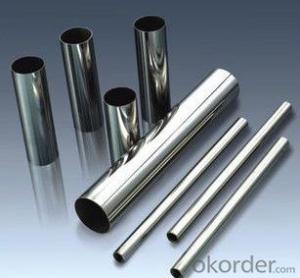Extruded Aluminum I Beam
Extruded Aluminum I Beam Related Searches
Led Light Bulbs For Ceiling Fixtures Led Lamps For Ceiling 42 In Ceiling Fan With Light Aluminum Coil Stock For Gutters Aluminum Foil For The Grill Hole Saw For Aluminum Plate Aluminum Tread Plate For Trailer Bow Plate For Aluminum Boat Aluminum Foil For Grow Room Aluminum Foil For Joint PainHot Searches
Stock Price For Aluminum Aluminum Coil Stock For Sale Aluminum Gutter Coil For Sale Used Aluminum Scaffolding For Sale 1/4 Aluminum Plate For Sale Aluminum Bar Stock For Sale Aluminum Round Stock For Sale Aluminum Diamond Plate For Sale Aluminum Scaffolding For Sale Craigslist 6061 Aluminum Plate For Sale Aluminum Dock Plate For Sale 7075 Aluminum Plate For Sale Aluminum Tread Plate For Sale Aluminum Checker Plate For Sale Aluminum Plate For Sale Near Me Plate Aluminum For Sale Aluminum Plate For Sale Aluminum Square Stock For Sale Aluminum Flat Stock For Sale Billet Aluminum Stock For SaleExtruded Aluminum I Beam Supplier & Manufacturer from China
Okorder.com is a professional Extruded Aluminum I Beam supplier & manufacturer, offers integrated one-stop services including real-time quoting and online cargo tracking. We are funded by CNBM Group, a Fortune 500 enterprise and the largest Extruded Aluminum I Beam firm in China.Hot Products
FAQ
- Aluminum pipes are made primarily of aluminum, a lightweight and corrosion-resistant metal. Aluminum is extracted from bauxite ore and then refined through a series of processes to produce pure aluminum. This pure aluminum is then melted and formed into cylindrical shapes to create aluminum pipes. Various alloys may also be added to enhance the strength, durability, and other properties of the aluminum pipes, depending on their intended use. Overall, aluminum pipes are predominantly composed of aluminum, which makes them suitable for a wide range of applications in industries such as construction, automotive, aerospace, and plumbing.
- The maximum temperature that aluminum pipes can withstand depends on several factors, including the specific alloy of aluminum used and the intended application of the pipes. Generally, aluminum pipes can withstand temperatures up to around 400-600 degrees Fahrenheit (200-315 degrees Celsius) without significant deformation or failure. However, it is important to note that prolonged exposure to high temperatures can weaken the material and potentially lead to failure. Therefore, it is crucial to consult the manufacturer's specifications and guidelines to determine the exact maximum temperature limit for a particular aluminum pipe.
- Indeed, gas distribution can utilize aluminum pipes. Aluminum exhibits durability and lightness, along with corrosion resistance, rendering it appropriate for diverse purposes, including gas distribution. Industries like oil and gas, aerospace, and automotive commonly employ aluminum pipes to convey a range of gases, such as natural gas. Furthermore, aluminum pipes possess superb heat conductivity and can endure high pressures, thus establishing themselves as a dependable option for gas distribution systems. Nonetheless, it is crucial to ensure meticulous installation and maintenance to avert any potential complications, like pipe leaks or damage.
- Entrust a friend to buy some 6061T6 aluminum tube, the diameter 40mm and 50mm, the wall thickness 5mm, and want to bend to make the aircraft shelf, which aspect need to pay attention to, use the ordinary pipe bender cold bend tube?Does bending affect the strength greatly?
- This kind of aluminum pipe can be bent with a pipe bender, but with a core, or the pipe will be flat. The bend does not affect the strength basically. I am a professional elbow, stainless steel, aluminum, copper, titanium and so on, all of which can be bent. This requires a certain professional knowledge!
- Yes, aluminum pipes can be affected by exposure to industrial solvents. Aluminum is generally resistant to many chemicals, but certain solvents can cause corrosion or deterioration of the metal over time. It is important to select the appropriate type of aluminum alloy and protective coatings to minimize the potential damage caused by exposure to industrial solvents. Regular maintenance and inspections are also crucial to ensure the longevity and performance of aluminum pipes in such environments.
- Yes, aluminum pipes are generally resistant to impact damage. Aluminum is known for its excellent strength-to-weight ratio, making it a durable and lightweight material. It has good impact resistance and can withstand moderate levels of force without deforming or breaking. However, the exact level of impact resistance may vary depending on the specific grade and thickness of the aluminum pipe. In high-stress applications, it may be necessary to reinforce the pipe or consider alternative materials. Overall, aluminum pipes are a reliable choice for many applications where impact damage is a concern.
- Can aluminum tube and stainless steel pipe be welded directly?
- If the direct use of other auxiliary welding material can be, but I would also like to know whether the current technology can use laser welding, aluminum and stainless steel?
- What's the difference between the 6063 aluminum pipe and the 6061 aluminum tube, and it needs to be described in detail,
- It is a typical extrusion alloy. It is widely used in building profiles and irrigation pipesPipes, rods and profiles for vehicles, platforms, furniture, elevators, fences, etc.













